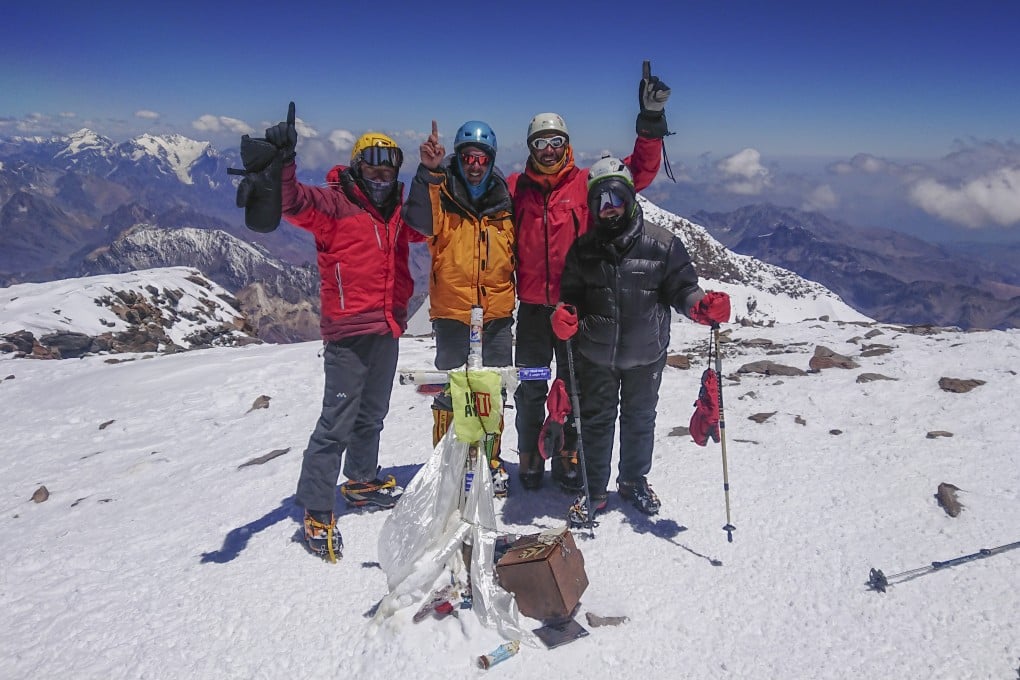7 summits: how to climb the highest peak in each continent
- Everest, Aconcagua, Denali, Kilimanjaro, Elbrus, Vinson and Puncak Jaya make up the magnificent 7
- Completing the set is one of mountaineering’s biggest tests

One of the biggest challenges in mountaineering is to climb and reach the summit of the highest peak in each of the seven continents.
How to define this magnificent seven is not universally agreed. Some people categorise the summits by tectonic continental plates, which alters things slightly and excludes Europe.
But the most commonly accepted list is by continent, as is detailed here. Another variation is to include Mont Blanc (4,810 metres) in France and Mount Kosciouszk (2,228 metres) in Australia, because those are more commonly associated with Europe and Australasia than those below.
We, however, will stick to their continents’ true highest peaks.
Asia: Mount Everest, in Nepal and China (8,849 metres)
Officially first climbed by Edmund Hillary and Tenzing Norgay in 1953, the Himalayan peak of Everest is, of course, the highest mountain on Earth. As such, it is seen as a pinnacle of achievement for not only for the best climbers but for those with big pockets and the skill set required.

